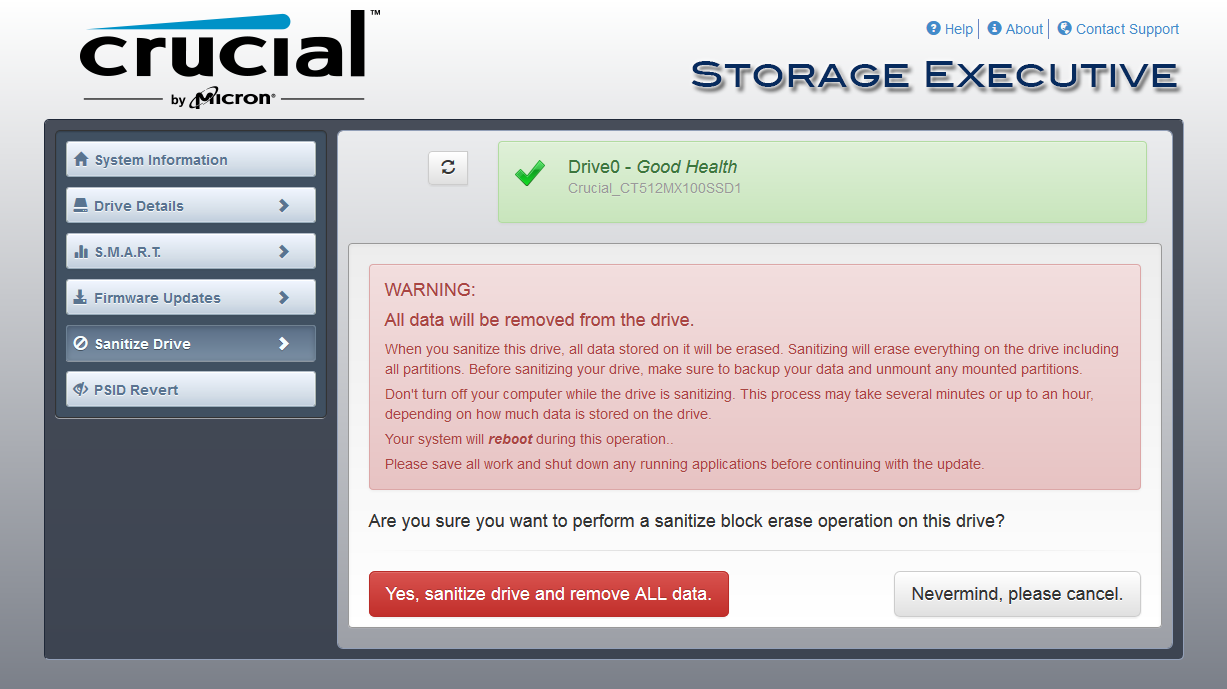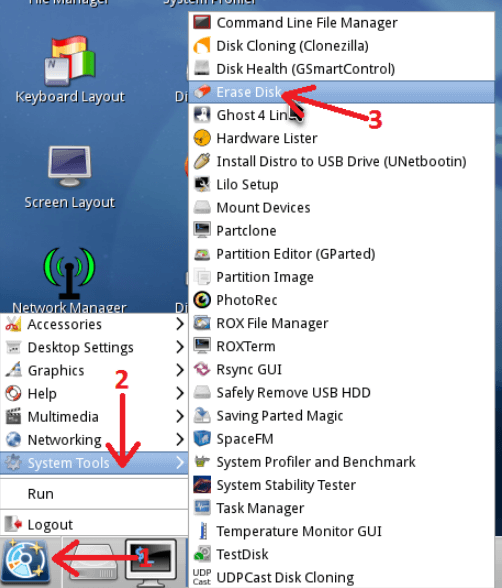

If you have a 2018+ USB-C Mac, then the SSD is hardware encrypted. You will see some data on the SSD for the partition layout and a few hidden macOS support files, but the majority of the data will show as zeroes and dots. I'm not sure if "xxd" is available while booted from a macOS installer since the installer is quite limited. You can check the contents of the SSD by running the following utility from the Terminal app although you will need to replace "diskX" with the proper drive identifier for the SSD): xxd /dev/diskX I'm not sure what happens when using a third party SSD. With an Apple SSD once you use Disk Utility on macOS to "erase" the SSD (simple erase) the TRIM support on the SSD will automatically clear out the NAND cells. If your data is encrypted as you say, then just destroying the encryption keys are enough to prevent access to the data since there is no way to decrypt the data without the encryption key. What if I fill the ENTIRE DRIVE with random data? I would think that erases everything there was on it, even if it was somewhere else on that drive? Do I need multiple passes for SSD? >There is no storage-overwrite capability with SSDs, and the multiple-pass-overwrite I/O scheme dates back to external-servo hard disks and floppies from the 1980s when head-tracking was sloppy, at best.
#Secure erase ssd mac#
Which means, destroying the mac itself, which is not an option. >If the standard and fundamental behavior of an SSD-the integral erase-on-write behavior required for all flash storage-is insufficient, and/or if your data was somehow unencrypted, then you will want to physically shred the storage So it seems not what I need anyway.Īnd my mac is going out of my hands soon. I checked the Monterey option but it is erasing not the entire drive, only selections like Apple ID, Apple Wallet, Touch ID, Accesories. I'm on Catalina so I can't follow Monterey instructions. Or erase the volume using a new feature of Monterey, as suggested by Apple. >Otherwise, format the volume and re-install macOS, as suggested by Apple. >If you want to understand a little more… >You have already decided on the answer you want Info on keybags and how Apple storage encryption works: Here’s the Monterey feature, with links to other info:Įrase all content and settings on Mac - Apple Support There is no storage-overwrite capability with SSDs, and the multiple-pass-overwrite I/O scheme dates back to external-servo hard disks and floppies from the 1980s when head-tracking was sloppy, at best. This for wear leveling, and for performance. Writes do not overwrite the same storage, the writes re-vector the write elsewhere. If the standard and fundamental behavior of an SSD-the integral erase-on-write behavior required for all flash storage-is insufficient, and/or if your data was somehow unencrypted, then you will want to physically shred the storage. Otherwise, format the volume and re-install macOS, as suggested by Apple.
#Secure erase ssd password#
macOS uses your password to access a robust generated encryption password, and the storage-erasure procedure steps on the keybag. If the in-built data encryption is insufficient, shred the Mac. You have already decided on the answer you want, and seem uninterested in technical details.

I assume this also works for current MacOS I remember I read somewhere that specialists can recover data when it's overwritten a few times, but it apparently gets very difficult after about 8 passes (all from top of my head).The action will terminate automatically when your drive is filled with random data (with the message "No space left on device") execute this command: cp /dev/random /Volumes/"yourdrive".I would like to hear if this is working as expected I understand the drive is soldered to the main board so this would destroy the whole machine. Physically evaporating/grinding the drive is one step too far for me. Yes it's already encrypted but that's not good enough.Īpple's "sudo diskutil secureErase" on SSD's errors with "makes no sense".


 0 kommentar(er)
0 kommentar(er)
